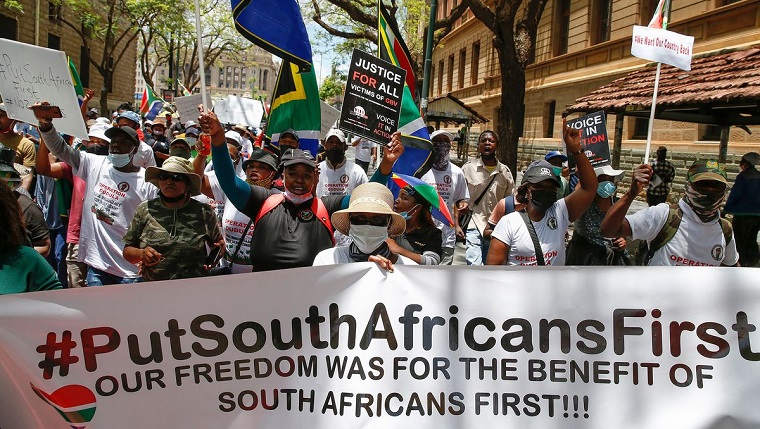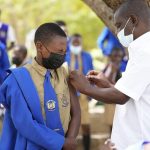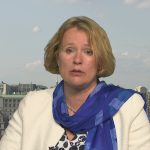The Truth and Reconciliation Commission (TRC) which sought to uncover the truth behind certain atrocities that took place under apartheid, was also an attempt to make a nation out of us. While it won international acclaim as a model for settling disputes that was as concerned with traditional notions of justice as it was with healing the wounds of the past, there were many people inside South Africa who were sceptical of its mission. As Premesh Lalu and Brendan Harris suggested as the Commission was starting its work in the mid 1990s, the desire for the TRC to create the narrative of a new nation led to a selection of “elements of the past which create no controversy, which create a good start, for a new nation where race and economic inequality are a serious problem, and where the balance of social forces is still extremely fragile.”
This is as true today as it was then. Attending the hearings was crucial for me as a young person yearning to better understand my country, but I am objective enough to understand that one of the consequences using the TRC as the basis for forging a national identity is that ‘others’ – the people who were not here in the bad old days – have found it difficult to find their place in South Africa. Aided and abetted by the TRC and the discursive rainbow nation project, South Africans have failed to create a frame for belonging that transcends the experience of apartheid.
Twenty years into the ‘new’ dispensation, many South Africans still view people who weren’t there and therefore who did not physically share in the pain of apartheid as ‘aliens.’ The darker-hued these aliens are, the less likely South Africans are to accept them. Even when black African ‘foreigners’ attain citizenship or permanent residence, even when their children are enrolled in South African schools, they remain strangers to us because they weren’t caught up in our grand narrative as belligerents in the war that was apartheid.
While it is easy to locate the roots of xenophobia in our colonial and apartheid history, it is also becoming clear that our present leaders do not understand how to press the reset button in order to remake our country in the image of its future self. They have not been able to outline a vision for the new South Africa that is inclusive of the millions of African people who live here and who are ‘foreign’ but indispensable to our society for cultural, economic and political reasons.
America – with all its problems – offers us the model of an immigrant nation whose very conception relied on the idea of the ‘new’ world where justice and freedom were possible. Much can be said about how that narrative ignores those who were brought to the country as slave cargo. It is patently clear that America has also denied the founding acts of genocide that decimated the people of the First Nations who lived there before the settlers arrived. Indeed, one could argue that while oppression and murder begat the United States of America, the country’s founding myth is an inclusive one, a story of freedom and the right to life. In South Africa murder and oppression also birthed a new nation, but the founding myth of our post 1994 country has remained insular and exclusive, a story of freedom and the right to life for South Africans.
The South African state has always been strongly invested in seeing itself as an island of morality and order in a cesspool of black filth. The notion of South Africa’s apartness from Africa is deeply embedded in the psyche that ‘new’ South Africans inherited in 1994 but it goes back decades. For example, the 1937 Aliens Act sought to attract desirable immigrants, whom it defined in the law as those of ‘European’ heritage who would be easily assimilable in the white population of the country.’ This law stayed on the books until 1991, when the National Party, in its dying days, sought to protect itself from the foreseeable ‘deluge’ of communist and/or barbaric Africans. The Aliens Control Act (1991) removed the offensive reference to ‘Europeans’ but it kept the rest of the architecture of exclusion intact.
Continued next page
(289 VIEWS)


